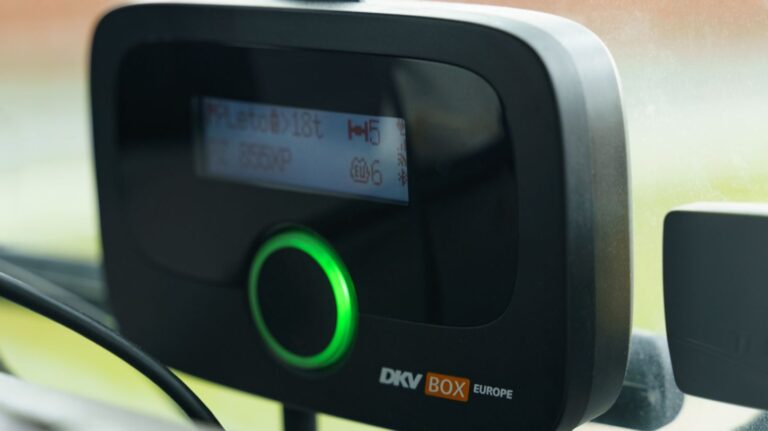The 21st progress report from the European Electronic Toll Service (EETS) Facilitation Platform (EFP), has highlighted significant advancements and challenges within the EETS landscape across Europe.
The report, which is available to read here, underscores efforts toward harmonising toll systems across European Union (EU) member states and expanding EETS coverage.
As of June 2024, the EFP has seen its membership grow, now encompassing 46 entities, including toll chargers, member states and service providers.
A focal point in recent developments is the increased operational scope of EETS, which now functions in 14 countries, up from eight in mid-2020.
According to the ERP, the expansion has been driven by rising market demand for EETS services, particularly with new toll domains.
However, the report also noted that despite this expansion, there remain challenges in standardising the technical and procedural frameworks across jurisdictions due to national legislative nuances.
This variability complicates tariff structures and interoperability, necessitating continuous collaboration among EETS stakeholders to streamline systems.
The report also revealed that several countries are set to implement or expand their tolling schemes with an EETS component in the near future.
For example, Denmark’s KmToll scheme is scheduled to launch in early 2025, aiming for nationwide vehicle tolling, while the Netherlands is set to commence accreditation for its Heavy Goods Vehicle Charge (HGVC) in October 2024.
FREE: Subscribe to the monthly Road User Charging Conference Newsletter!
Elsewhere, Germany is preparing for a major update to its tolling system, transitioning to a centralised Toll Detection and Tariffing Service by 2026, which will standardise tariff calculations across providers.
Meanwhile, CO2-based tolling, aligned with the Eurovignette Directive, has emerged as another priority.
Slovenia and Slovakia have recently launched EETS services, with Slovenia achieving a 25% market share within three months of operation.
Switzerland’s adoption of EETS is also advancing, transitioning from DSRC to video-based enforcement, a move expected to expand EETS usage within Switzerland while maintaining direct payment to Swiss authorities.
Moreover, according to the report, technological innovation continues to shape the tolling landscape, with France and Italy transitioning from toll plazas to free-flow systems, enhancing traffic management and reducing emissions at toll sites.
Additionally, a revised contractual framework for EETS operations in France aims to streamline partnerships between toll operators and providers, reflecting an ongoing push toward uniform standards.
Overall, the report paints a picture of a highly active EETS landscape with intensive ongoing efforts from both toll operators and providers.
However, regulatory inconsistencies and procedural differences between EU member states continue to necessitate negotiation and adaptation.
As a result, the coming years could likely see increased market share, especially as EU member states refine CO2-based tolling and other green initiatives.
You can learn more about the key trends and challenges affecting senior decision-makers who have responsibility for user-financed transportation – including tolling, pricing and road-usage charging – across the world at Akabo Media’s global series of Road User Charging Conferences in Brussels (March 2025), Miami (April 2025), Abu Dhabi (June 2025) and Singapore (October 2025). Click here for more information!





